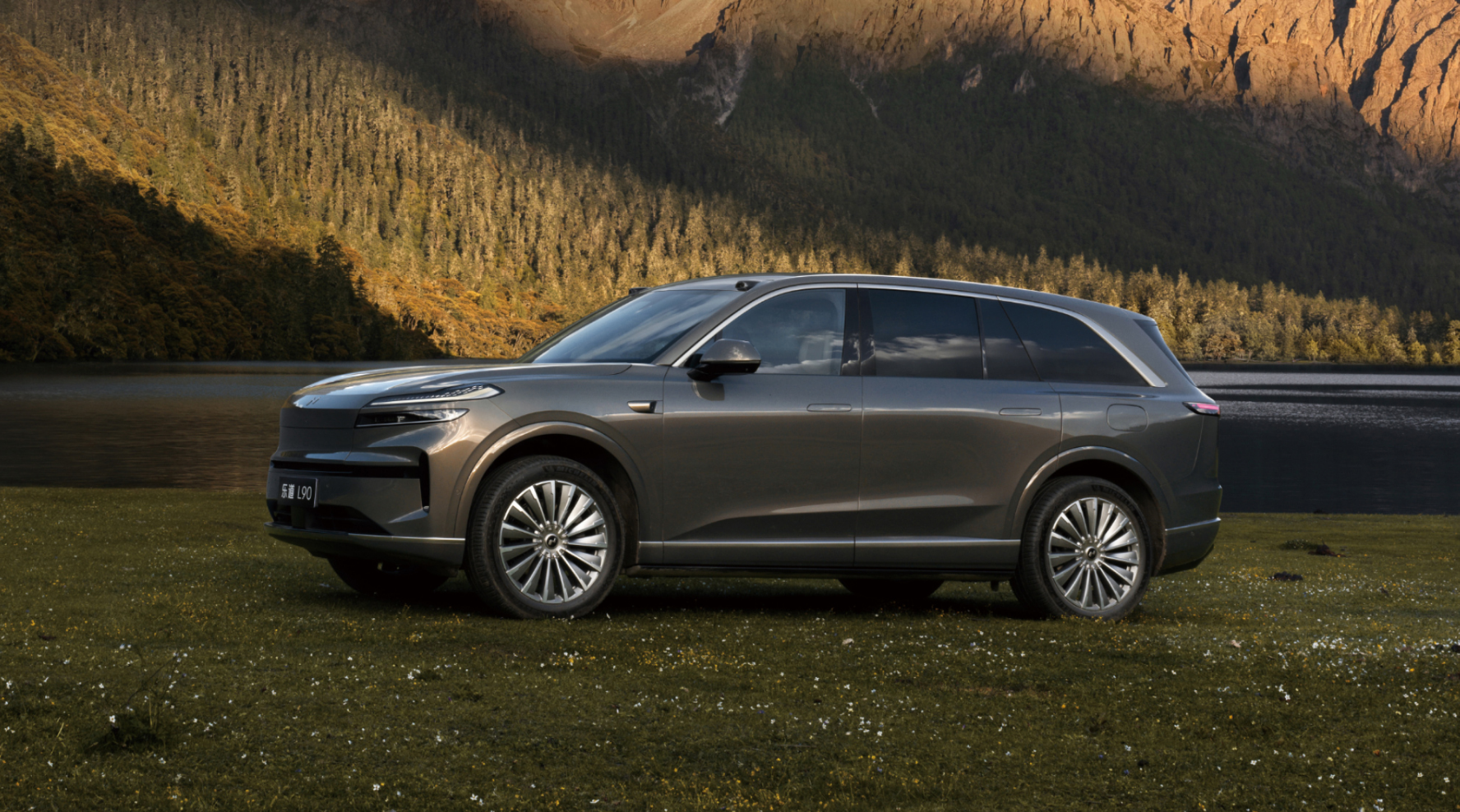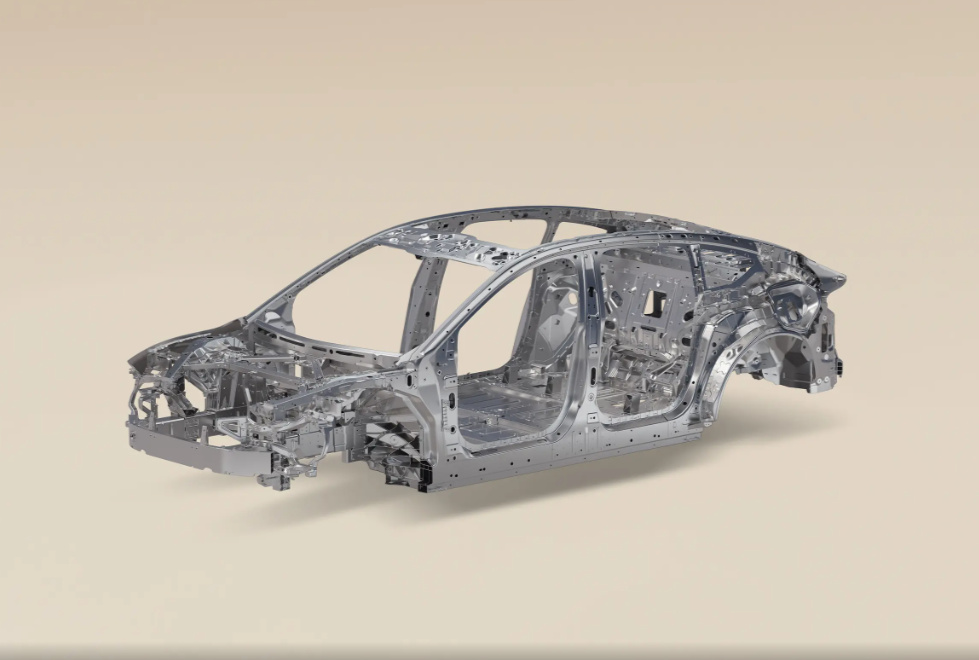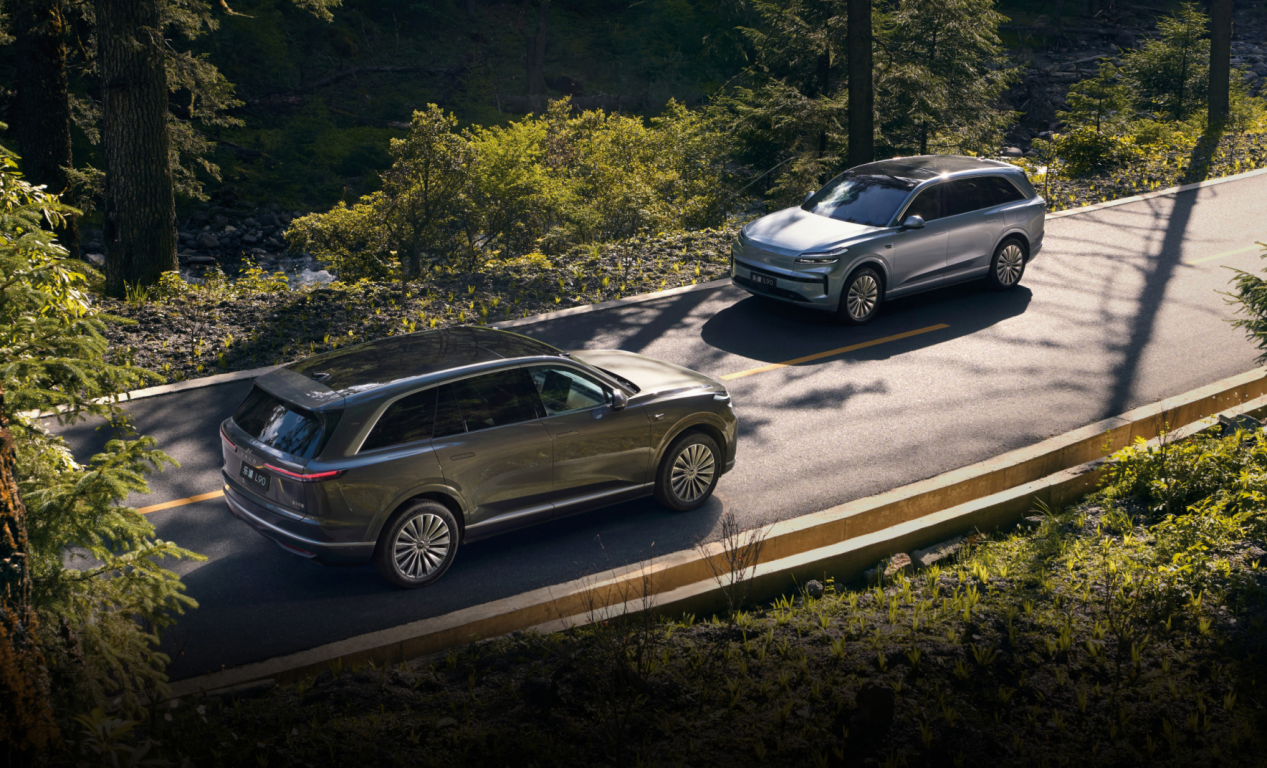
When the ONVO L90 debuted on July 31, 2025, starting at RMB 265,800, this seemingly routine launch was widely seen as the mid-term exam for NIO's multi-brand strategy. Proposed in 2023, NIO's three-tier brand matrix—NIO master brand (RMB 300,000+ premium), ONVO (RMB 200,000-300,000 mainstream families), and Firefly (RMB 100,000-200,000 compact cars)—has taken nearly two years to fully structure.
The launch of the ONVO L90 is both a critical execution of this strategy and a potential pitfall: Will the premium NIO ES6 (starting at RMB 368,000) and the more accessible ONVO L90 (with a ~RMB 100,000 price gap) end up cannibalizing each other? More importantly, can ONVO become NIO's second growth curve to reverse losses and reignite growth amidst slowing NEV market expansion and intense price wars?
L90’s last exam
The ONVO L90's pricing strategy was designed from the outset for differentiated competition. The base model's starting price of RMB 265,800 creates a clear RMB 100,000 gap versus the NIO ES6 (starting at RMB 368,000). Even with BaaS reducing it to RMB 179,800, its target remains the RMB 200,000-300,000 family segment—a group highly sensitive to space, practicality, and value, but less so to premium tech badges than NIO's core clientele.
This positioning difference represents a precise segmentation of the layered NEV market. According to the China Passenger Car Association (CPCA), the RMB 200,000-300,000 segment accounted for 38% of the domestic NEV market in 2024 and is growing steadily, with family users comprising over 60%. Dominant models like the Li L8 and AITO M7 compete fiercely with core selling points of large 5/7-seat SUVs, smart cockpits, and long range. For the ONVO L90 to succeed, differentiation through superior family attributes is essential.
Product specifications confirm the L90's family focus: a 5.3-meter wheelbase, second-row VIP seats (heated/ventilated/massage), third-row space suitable for adults up to 170cm, and a standard Family Energy Hub (supporting V2L and charger integration) directly address the needs of multi-child and multi-generational families. In contrast, while the NIO ES6 also offers a six-seater, it emphasizes premium tech—dual-chamber air suspension, lidar, the NOMI assistant, and the flexibility of the battery swap ecosystem—targeting higher-income consumers seeking technology and status.

However, price differentiation doesn't eliminate competition entirely. A key question arises: Will the ONVO L90's starting price of RMB 179,800 (after BaaS) cannibalize price-sensitive customers originally considering the NIO ES6? For instance, a family buyer with a ~RMB 300,000 budget might choose the L90 over the entry-level ES6.
More critical is establishing distinct brand identities. The NIO master brand has cultivated a decade-long reputation for premium, intelligent EVs. As a new entrant, ONVO must rapidly build recognition as the "expert in family mobility solutions." If the L90 competes solely on low price and space without forming unique selling points in service, intelligence, or user experience, it risks becoming a mere value-for-money tool, potentially eroding NIO's overall brand premium.
Whether the second brand will succeed
The pricing of the ONVO L90 is not merely a market tactic; it is a concentrated reflection of NIO's technological capabilities. Since 2023, NIO's cost-cutting and efficiency drive, encompassing in-house battery development, supply chain optimization, and battery swap standardization, finds its "technology proving ground" in the ONVO L90.
In terms of cost control, NIO has made breakthroughs via vertical integration and in-house R&D. William Li stated: "Last year, equipping each car with four Nvidia Orin chips cost us over $300 million USD. This year, switching entirely to our own chips has significantly reduced costs and markedly improved per-vehicle gross margin." The Battery as a Service (BaaS) model decouples the battery asset from the vehicle, lowering the purchase price while amortizing infrastructure investments through network utilization. Li revealed at the 2025 China EV100 Forum that platform integration optimization for NT3.0 has reduced ONVO L90's R&D amortization by 12%, projecting ONVO's gross margin to reach 15% in 2025.

Another key technical enabler is platform-based production. The L90 is built on NIO's NT3.0-EC platform, integrating its proprietary electric drive systems, autonomous driving chip (Shenji N300), and chassis technology, achieving over 70% parts commonality. Compared to the NT2.0 platform (used for the ES6), the NT3.0-EC platform reduces production cycle time by 20% and manufacturing costs by 15%, directly supporting the L90's competitive pricing.
A core technological highlight is the scaled-down application of NIO's battery swap system. The ONVO L90 utilizes standardized swappable battery packs and shares NIO's extensive battery swap station network. This design lowers the purchase barrier for users and amortizes station operating costs through scale—NIO's Q2 2025 financial report shows average daily services per station surged from 12 in 2023 to 28, with ONVO models accounting for 35% of this volume.
Ultimately, cost reductions through technology must translate into market competitiveness. The competitive landscape in the RMB 200,000-300,000 family SUV segment has already established dual barriers of "intelligence" and "spaciousness": the Li Auto L8 dominates the smart cockpit arena with its four-screen interaction and urban NOA; the AITO M7 attracts tech-savvy users with Huawei's ADS 2.0 advanced driver-assistance system; and the BYD Tang DM-i solidifies its value proposition with DM-i Super Hybrid technology and Blade Battery. The ONVO L90's advantage lies in its "battery swap + family-centric features" combination, but widespread consumer acceptance of this proposition remains to be proven.

NIO has traversed a seven-year journey since the launch of its ES8 in 2018. While it successfully carved out a niche in the premium market, high R&D and service costs have led to persistent profitability challenges. In Q1 2025, NIO reported a net loss of RMB 6.75 billion (approx. $930 million USD), a year-on-year increase of 30.2%. Its overall gross margin stood at 7.6%, with the automotive segment margin at 10.2%.
In this context, the significance of the ONVO L90 extends far beyond the success or failure of a single new model. It serves as a crucial test case for NIO to validate the feasibility of its multi-brand strategy and is an essential step towards achieving profitability at scale. If the ONVO L90 gains a solid foothold in the family market, it will not only alleviate growth pressure on the master brand but also boost overall gross margins through technology sharing (e.g., standardized battery swap platforms, low-cost supply chains). Conversely, internal competition or unclear positioning could undermine market confidence in NIO's multi-brand approach. However, preliminary order data suggests promising reception: reported cumulative orders exceeded 30,000 units on its launch day, indicating initial market validation of its positioning. According to William Li's (NIO CEO) plan, the ONVO brand is expected to achieve monthly sales of 25,000 units in Q4 2025, pushing NIO's total monthly deliveries towards the 50,000-unit mark.
Back to the core question: Can the ONVO L90 avoid "cannibalizing its own sibling"? The answer may lie not in pricing alone, but in whether NIO can, through differentiated operations in technology, service, and channels, establish ONVO as "the ONVO for families" while maintaining the NIO master brand as "the NIO for tech enthusiasts." After all, in the fiercely competitive "Warring States era" of new energy vehicles (NEVs), there are no permanently high-end brands—only ever-evolving user demands. The mission of the ONVO L90 is precisely to help NIO find its second growth curve while meeting these new demands.

 Room 1104,Block B,JingBan Building,6 Middle Beisanhuan Road,Xicheng District,Beijing
Room 1104,Block B,JingBan Building,6 Middle Beisanhuan Road,Xicheng District,Beijing
 (8610)62383600
(8610)62383600
 quanqixiang@carresearch.cn
quanqixiang@carresearch.cn
 京公网安备:11010202007638号|京ICP备17032593号-2|Report illegal and bad information:010-65993545-8019 jubao@carresearch.com
京公网安备:11010202007638号|京ICP备17032593号-2|Report illegal and bad information:010-65993545-8019 jubao@carresearch.com
Legal support:Beijing Yingke Law Firm|All rights reserved, DO NOT reproduce without permission